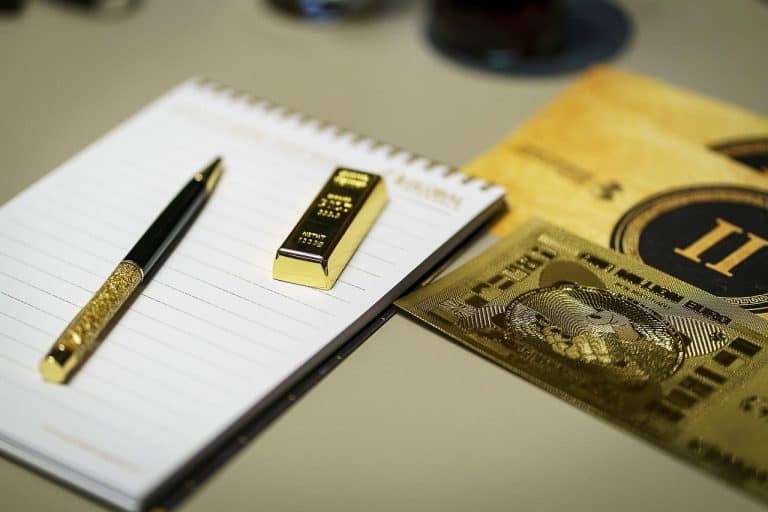The 1960s were a decade of significant advancements, with numerous groundbreaking innovations that have left a lasting impact on our lives.
These inventions span a wide range of fields, including technology, medicine, and consumer goods.
Inventions in Technology
Halogen Lamp
Fredrick Moby, an engineer at General Electric, created the halogen lamp. This lamp provided brighter and longer-lasting light compared to traditional incandescent bulbs, revolutionizing home and commercial lighting.
Laser
The laser was perfected by physicist Theodore H. Maiman at the Hughes Research Laboratory in Malibu, California. This invention opened the door to innovations in various fields including medicine, communications, and manufacturing.
Hologram
In 1962, scientists Yuri Denisyuk in the Soviet Union, and Emmett Leith and Juris Upatnieks at the University of Michigan, independently devised the first holograms using laser technology. This innovation laid the foundation for various applications in data storage and display technologies.
Cordless Drill
Black and Decker introduced the first cordless drill, though early models struggled with battery efficiency, providing only 20 watts of power. This tool has since become a staple in both professional and home toolkits.
Videotape Recorder
Sony made considerable strides with the marketing of a helical scan videotape recorder. This innovation made it possible to record and play back video content, setting the stage for home entertainment.
Computing and Communication
Time-Share Computer
The concept of the time-share computer allowed multiple users to access a central computer simultaneously. This advancement was crucial in the evolution of computing, leading toward more efficient and accessible computer use.
ZIP Code
Introduced in the USA, ZIP codes helped streamline mail delivery, making sorting and delivering mail more efficient and accurate.
Teletext
Launched by the BBC as CEEFAX in 1972, teletext provided a pioneering method of delivering text-based information to television screens. This was an early form of on-demand information retrieval.
Medical Advances
Pacemaker
Invented by Wilson Greatbatch, the heart pacemaker provided a crucial technology for helping patients with heart irregularities. This device effectively regulates the heartbeat and has saved countless lives since its introduction.
Cochlear Implant
William F. House developed the cochlear implant, a surgically implanted electronic device that provides a sense of sound to individuals who are profoundly deaf or severely hard of hearing.
Ultrasound Scanning
Scientists in Australia at the Commonwealth Health Department invented ultrasound scanning. This technology allowed doctors to see inside the human body without surgery, revolutionizing medical diagnostics.
Heart Transplant
On December 3, 1967, South African heart surgeon Christiaan Neethling Barnard performed the first successful human heart transplant. This groundbreaking surgery opened new possibilities in medical treatments and organ transplantation.
Home Kidney Dialysis
The introduction of home kidney dialysis brought tremendous relief and life extension for patients with kidney failure, allowing them to receive treatment in the comfort of their own homes.
Mammogram
Mammograms, specialized x-ray machines for breast imaging, became available in the 1960s. This advancement significantly improved early detection of breast cancer.
Entertainment and Consumer Products
Smell-O-Vision
Debuting with the film “Scent of Mystery,” Smell-O-Vision attempted to add aromatics to movie scenes. Though it was short-lived, it showcased the creative attempts to enhance viewer experiences.
Birth Control Pill
Enovid, the birth control pill, received approval from the FDA and was marketed in the USA and UK. This invention gave women unprecedented control over their reproductive health.
Gaming Console
Ralph H. Baer completed the Magnavox Odyssey in 1968, the first gaming console. This invention laid the foundation for the multibillion-dollar video gaming industry.
Etch A Sketch
André Cassagnes invented the Etch A Sketch, introduced to the US market on July 12, 1960. This toy became a classic, providing endless hours of drawing and erasing fun.
Polaroid Film
Edwin Land developed Polaroid instant film and cameras, allowing for immediate photograph development. This became immensely popular for its convenience and instant gratification.
Transport and Navigation
Deep Submersible ‘Trieste’
The ‘Trieste’ descended nearly seven miles to the bottom of the Marianas Trench, the deepest part of the Pacific Ocean. This remarkable journey took five hours and marked a significant achievement in deep-sea exploration.
Travelator
Bank underground station in London saw the first ‘travelator’—a moving walkway that eased pedestrian movement, influencing the design of airports, malls, and transit systems.
Compact Hatchback
Renault introduced the Renault 4, the first ‘hatchback’ car, in 1961. This design combined compact size with increased cargo capacity, setting a trend in automobile design.
Rocket Belt
Developed for the US military, the rocket belt was a personal jet pack capable of lifting its wearer nearly 60 feet off the ground. This futuristic technology found its way into various entertainment and marketing uses.
Jump Jet
The Hawker-Siddeley VTOL P1127 ‘Harrier jump jet’ made its first flight. This vertical take-off aircraft revolutionized military aviation, enabling operations from smaller ships and unprepared sites.
Miscellaneous Innovations
Weather Satellite
NASA launched Tiros I, the first weather satellite, into orbit. This satellite played a crucial role in improving weather forecasting and tracking, marking a significant development in meteorology.
Instant Replay
Tony Verna of CBS developed the ‘instant replay’ in slow motion in 1963. This innovation revolutionized sports broadcasting, allowing viewers to see pivotal moments multiple times.
Acrylic Paint
Commercially available due to the work of Lancelot Ribeiro, acrylic paint provided artists with a fast-drying, water-resistant medium. This innovation expanded the possibilities for creativity in art.
BASIC Computer Language
Developed by John George Kemeny and Tom Kurtz, the BASIC programming language simplified software development, making computers more accessible to students and hobbyists.
Innovations in Daily Life
Electric Toothbrush
Electric toothbrushes were first introduced in 1960, providing a more efficient way to maintain dental hygiene.
Pantyhose
The arrival of pantyhose changed women’s fashion, replacing stockings and garters with a single, more convenient garment.
Self-Service Petrol
The first self-service petrol station opened on Southwark Bridge in London, initiating a trend that has become standard worldwide.
Instant Cameras
Instamatic cameras with drop-in film cartridges, introduced in 1963, made capturing memories easier and more accessible to the general public.
Hip Replacement Surgery
John Charnley’s development of hip replacement surgery provided a life-changing solution for patients with severe hip damage, allowing for improved mobility and quality of life.









